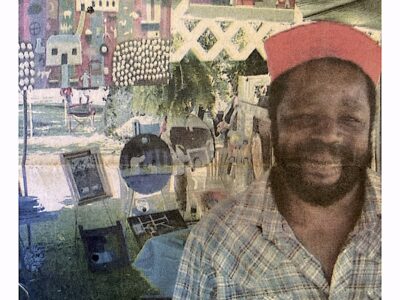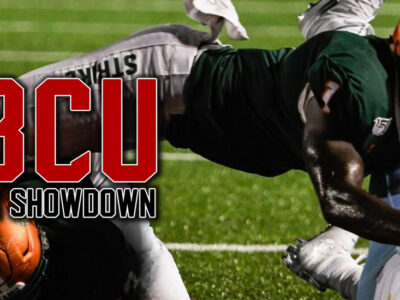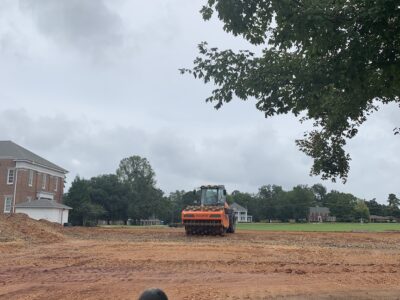
A partnership between universities and community researchers in the Black Belt is aiming to identify local “Foot Soldiers” from the Voting Rights Movement in historic photos.
Some of the photos have never been seen before by the public, and include photographs from the archives of the Alabama Law Enforcement Agency.
Researchers and community leaders hope that local people will come to see the photos as they make their way across the Black Belt—they’re in Marion right now—and help fill in historical blanks with firsthand knowledge.
The photos are on display from Aug. 14-24 at the Phillips Memorial Auditorium in Marion every afternoon from 1:30 to 5:00 p.m.
“After all these years, it is an awesome feeling to see yourself or a loved one reflected in history. An image is much more than a photo but it is a portal back to the future,” said Richard Burt of Auburn University, one of the academic researchers working on the project. “These photos are a corridor that brings to light all types of thoughts, feelings and emotions.”
Mary Cosby Moore, a local volunteer who is on hand at the Marion exhibit to answer questions and otherwise assist visitors who come to see the photos, said that after only one day, several Perry County people had identified loved ones they recognized from the photos. Newly-identified Perry Countians included Lizzie Kelley, Marvin Moore, Billy Osborn, and Rev. Benny Lee Tucker.
Local organizers hope people from Perry, Hale, Dallas, and other nearby counties will come to the Marion exhibit, see the photos (some for the first time ever) and recognize friends, family, loved ones, or even themselves in the historic images of the Bloody Sunday protests.
“It is an awesome thing to witness those who participated in the march from Selma to Montgomery relive the past in a way that brings joy, closure and gladness,” said Burt. “It is also a sobering reminder that there is still a lot of work to be done.”




